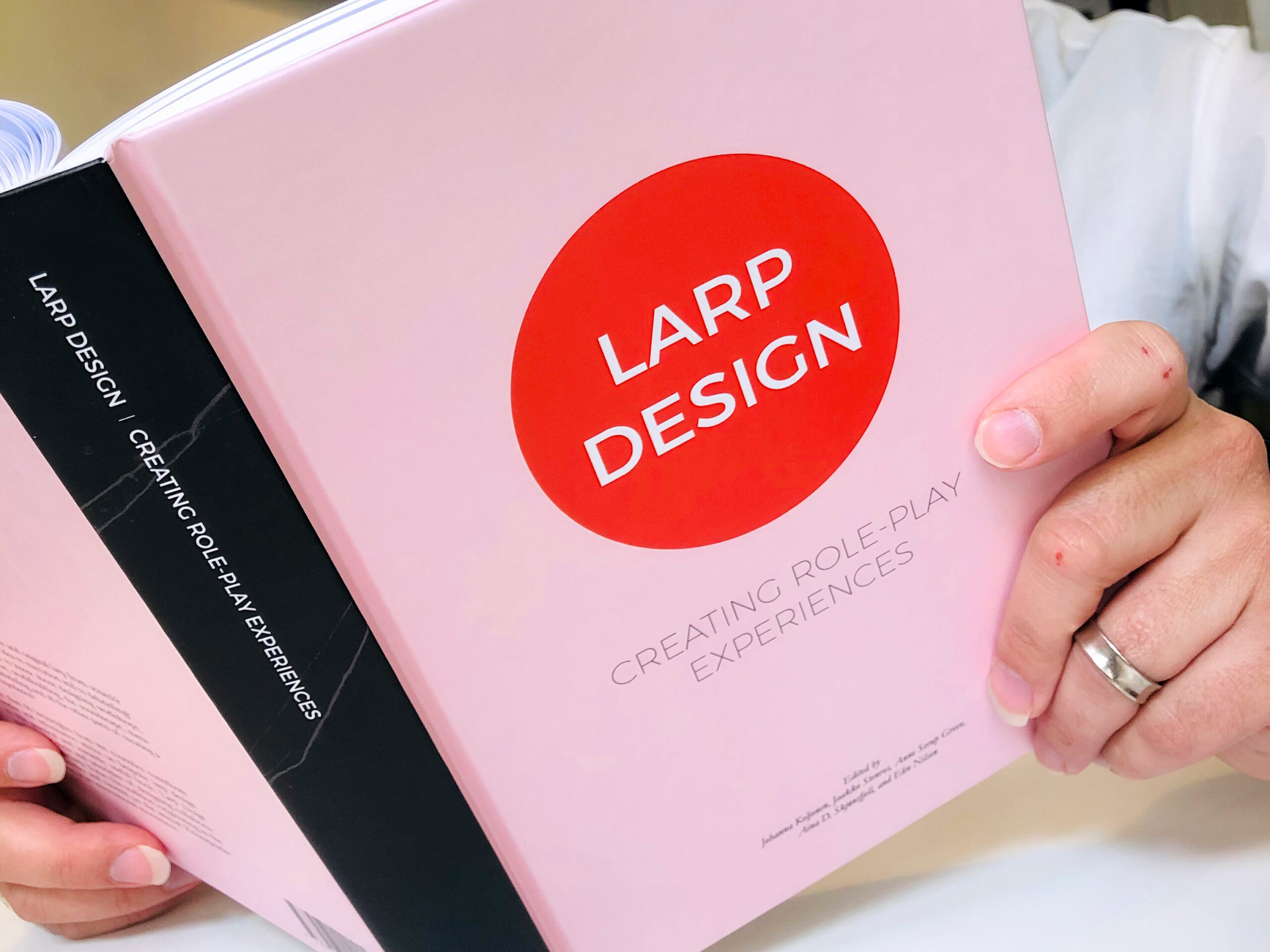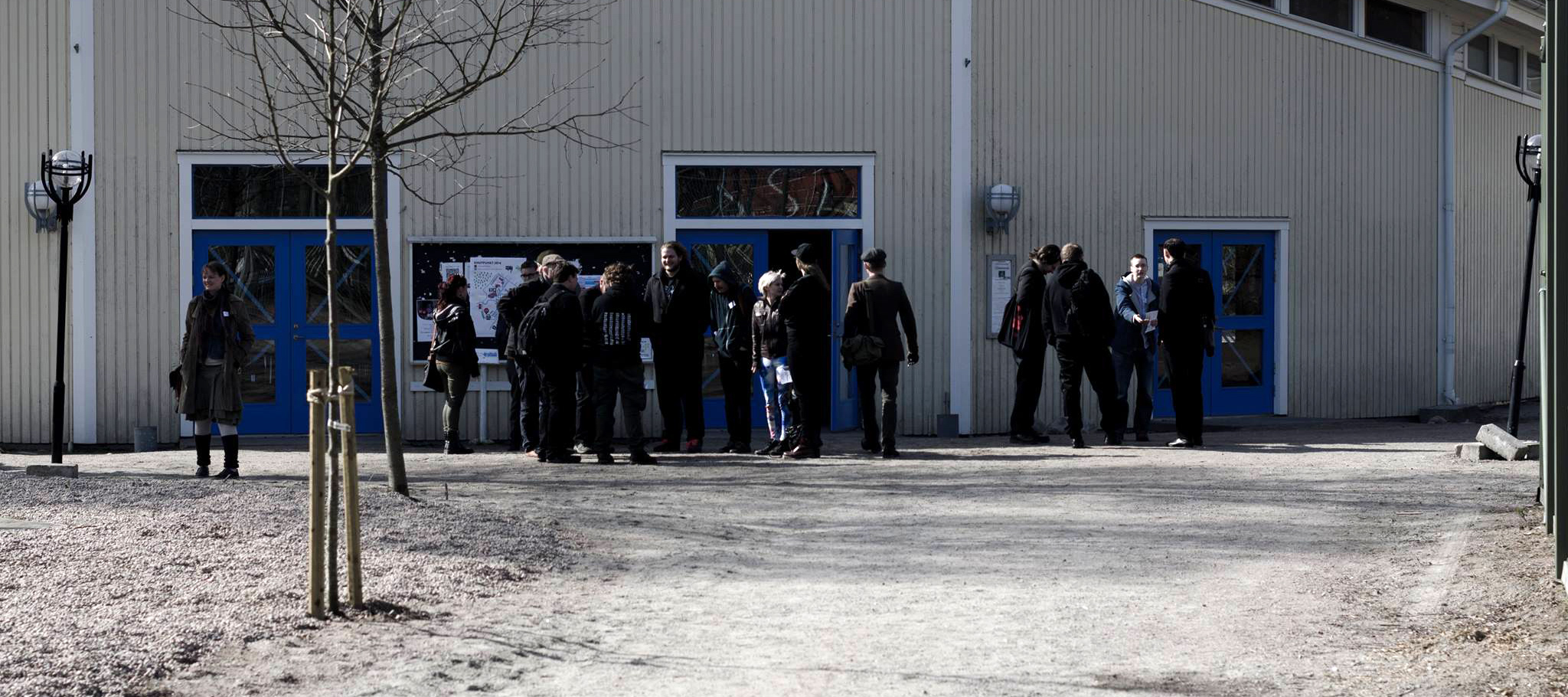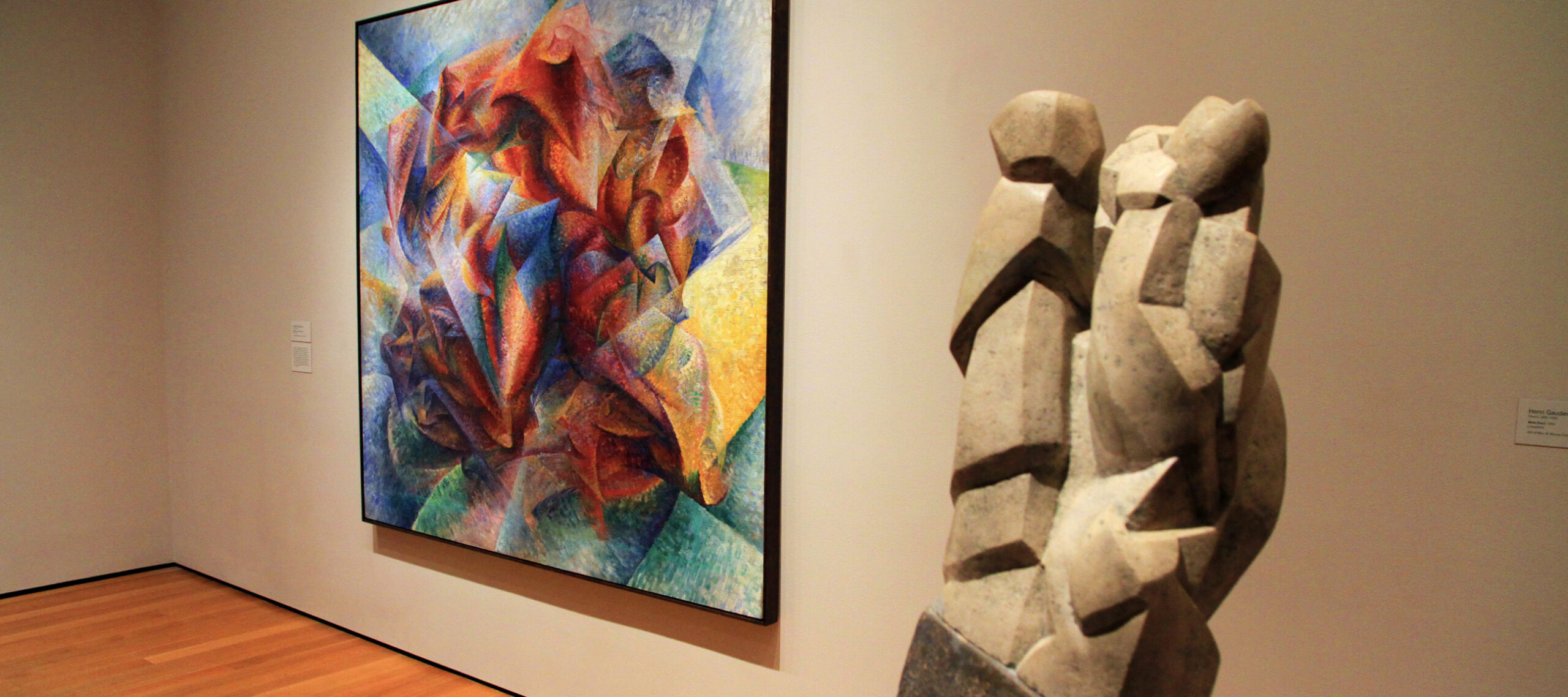Tag: Terminology
-

Strings and Rails: NPCs vs. Supporting Characters
in
NPCs are tools for larp designers to set specific events in motion. Sometimes, the presence of NPCs with complex personalities is beneficial.
-

Larp Design Glossary
in
The original version of this glossary was published in the 2019 book Larp Design: Creating Role-Play Experiences. 360° illusion Larp design idea where what you see is what you get. The environment is perceived as authentic, everything works as it should affording participants to engage in authentic activity for real, and participants perform immersive role-play.
-

There Is No Nordic Larp – And Yet We All Know What It Means
in
Disclaimer: The opinions expressed herein are those of the authors and do not necessarily reflect the official policy or position of Nordiclarp.org or any larp community at large. “Nordic larp is like porn. I know it when I see it.”((Adaptation of a quote by United States Supreme Court Justice Potter Stewart (1964) )) Ten years
-

Painting Larp – Using Art Terms for Clarity
in
When I design scenarios, I try to use the terminology from the Nordic larp discourse. But many of thes styles “available” confuse me and my players instead of clarifying what the larps are actually about. One of the problems is that many styles are defined by what they are not, instead of what they are.
